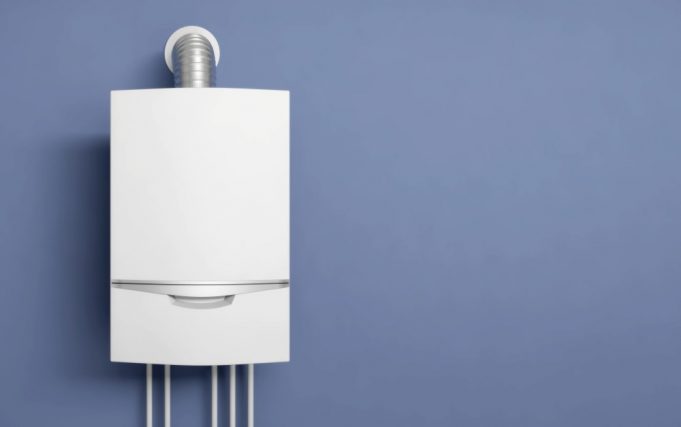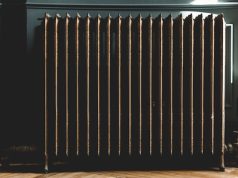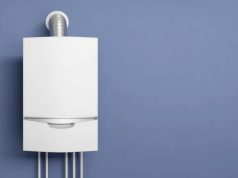A Comprehensive Guide
A boiler installation may seem daunting, but it is possible to do it yourself if you have the right tools, knowledge, and experience. In this article, we will guide you through the process of installing a boiler, including the tools you need, the steps involved, and the safety precautions you should take.
A boiler is essential to any home, providing hot water and heating to keep you warm and comfortable throughout the year. While most people hire professionals to install their boilers, it is possible to do it yourself if you have the right skills and tools.
Installing your boiler yourself can save you money on installation costs, but ensuring the installation is safe and meets all legal requirements is essential. In this article, we will walk you through the steps involved in installing a boiler yourself and provide tips on choosing the right boiler, the tools needed, and safety precautions to take.
Before starting the installation process, you must gather the necessary tools. These tools include:
- Power drill
- Screwdrivers
- Spanners
- Pipe cutter
- Spirit level
- Measuring tape
- Pliers
- Safety glasses
- Pipe bender
It’s essential to ensure that all your tools are in good working condition and that you have the necessary safety equipment.
Choosing the correct boiler is crucial to the success of your installation. When selecting a boiler, you should consider the following factors:
- Size of your home
- Number of people in your household
- Hot water requirements
- Fuel source (gas, oil, or electric)
Choosing a boiler that is the right size for your home and meets all legal requirements is essential.
Installing a boiler can be dangerous, so taking the necessary safety precautions is important. Some of the safety measures you should take include:
- Turning off the gas supply
- Wearing safety glasses and gloves
- Ensuring adequate ventilation
- Avoiding using open flames or smoking
- Testing for gas leaks before starting
Before installing the boiler, you should ensure the area is clear and clean. You should also shut off the power and water supply and drain the heating system.
Installing the Boiler
To install the boiler, you should follow these steps:
- Install the wall brackets
- Install the flue
- Install the boiler onto the wall brackets
- Connect the pipes
- Install the radiator valves
Referring to the manufacturer’s instructions when installing the boiler is essential.
Connecting the boiler to the gas supply is a critical step in the installation process. You should follow these steps:
- Connect the gas pipe to the boiler
- Turn on the gas supply
- Test for gas leaks
- Turn off the gas supply
Once the boiler is installed, you should fill and test the system. To do this, you should:
- Fill the heating system with water
- Turn on the power
- Test the system for leaks
- Bleed the radiators
After the installation After the installation, it’s essential to register your boiler with your local authorities. This is to ensure that your installation is legal and safe. Please register your boiler to avoid fines and legal issues.
Installing a boiler can be a great way to save money on installation costs. However, ensuring the installation is safe, legal, and meets all necessary requirements is important. By following the steps outlined in this article, you can install your own boiler with confidence and enjoy the benefits of hot water and heating in your home.














